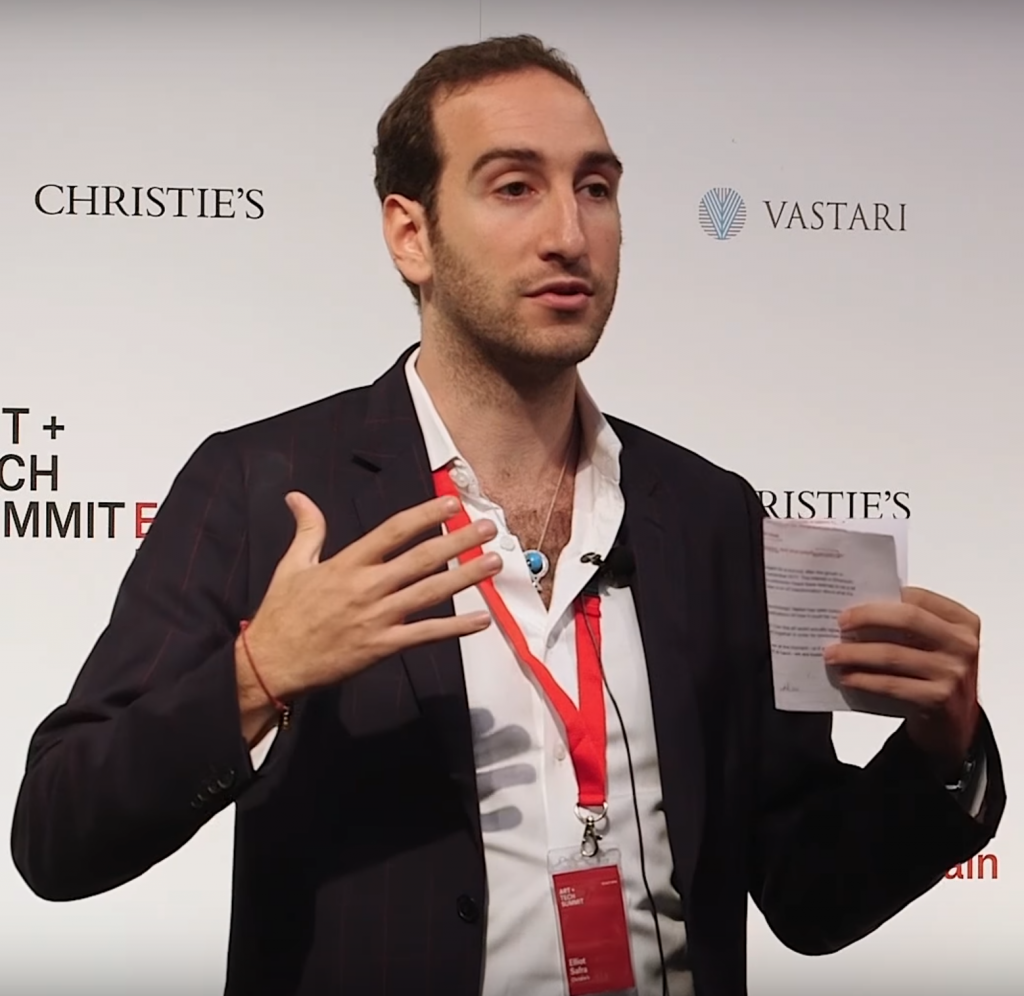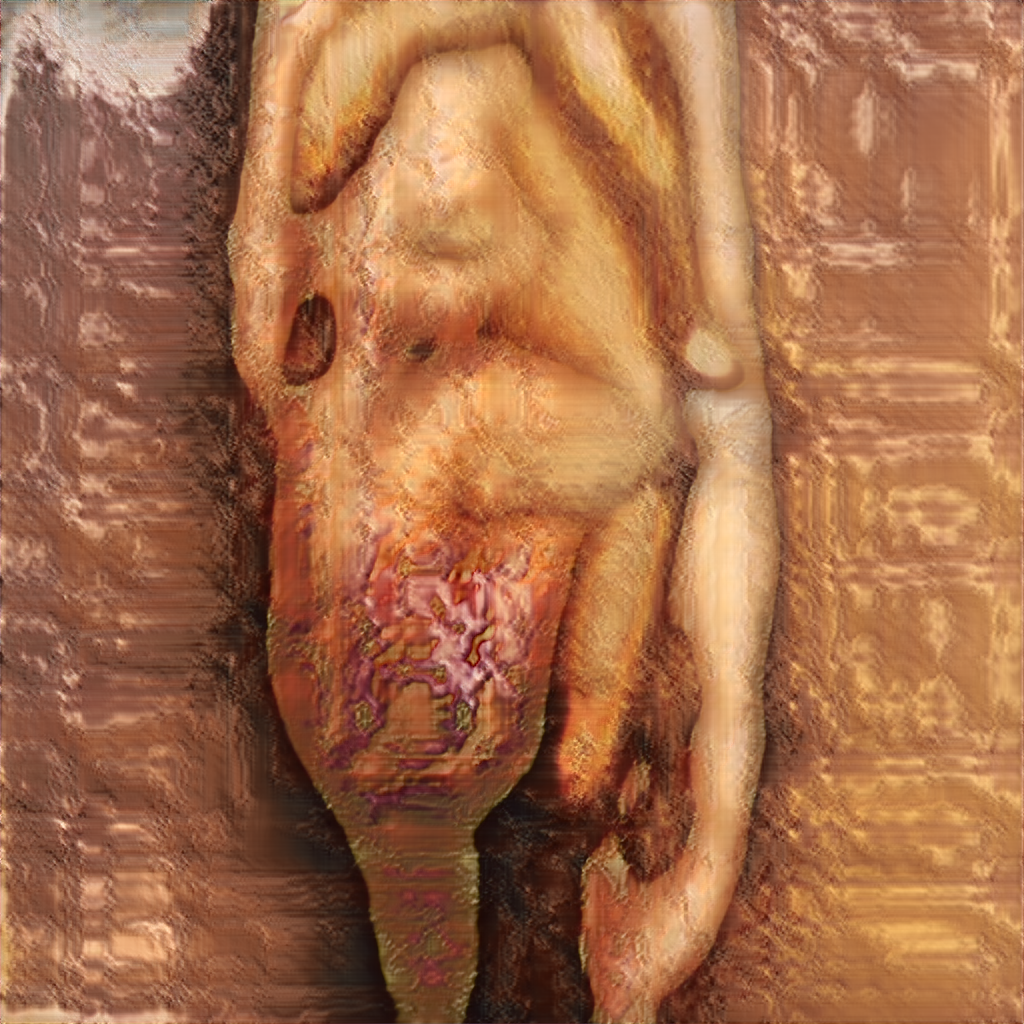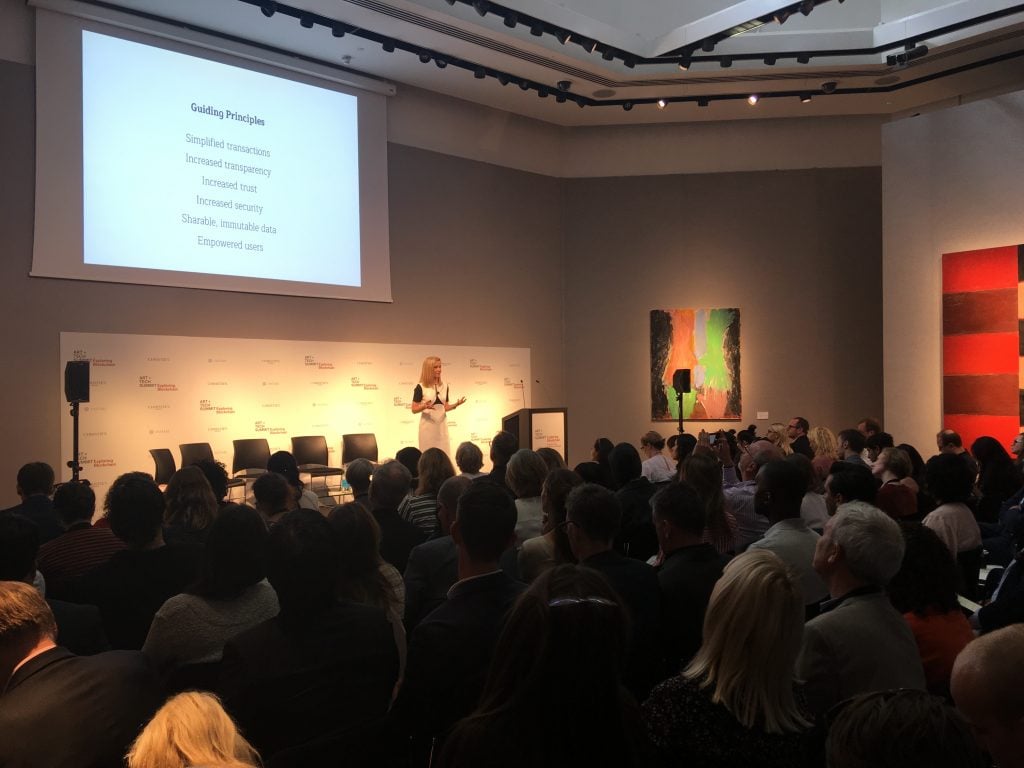Op-Ed
In 2018, Christie’s Gave Away 300 Free NFTs. A Few People Who Didn’t Throw Them Out Are Now Selling Them for Over $10,000
Only 12 people out of around 300 claimed their free NFTs.

Only 12 people out of around 300 claimed their free NFTs.

Elliot Safra

In 2018, alongside colleagues and collaborators, I established the Christie’s Art and Tech Summit, an annual conference focused on exploring emerging technologies and their potential impact on the art world.
The theme our first year? Blockchain.
This was still the early days for art NFT marketplaces: SuperRare had opened only three months earlier, MakersPlace later that year, and the NiftyGateway marketplace came along more than a year later.
A couple of months before the summit, self-defined “art-nerd” Jason Bailey approached us and suggested we include a series of NFTs in the goodie-bags that would be distributed to summit attendees—a curious idea that we thought would make for a fun experiment.
Jason had been working alongside SuperRare to help them identify artists for their marketplace. Amongst them was 18-year-old Robbie Barrat. Together, Jason and SuperRare agreed that Robbie should be the first-ever artist to upload his work onto the platform. Nude Portrait #1 was uploaded on April 5, 2018.
Robbie’s art intrinsically harnessed the power of machine-learning algorithms to create new results. The first series of works he created for SuperRare consisted of seven nude portraits. Perhaps we could distribute one of those? Nude Portrait #7 was to be the one.

Frame no. 24 of Robbie Barrat’s Nude Portrait #7. The 300 NFTs given out by Christie’s together make up a complete image of the work.
But Robbie didn’t feel comfortable distributing an edition of 300 of the same artwork. Nude Portraits one through six were unique artworks, and making such a large edition for Nude Portrait #7 felt off. So a different idea emerged: the work would be split into 300 separate layers, which, when all overlaid, would create the final portrait. Each of the layers was created into a single NFT (edition 1/1) and distributed to the attendees.
Giving away digital works in a physical environment required one extra step: we needed to make sure that people could claim their artworks with the minimum possible effort. The solution was to create plastic “gift cards” and insert them in each goodie-bag for our attendees to take home.
Each gift card contained two codes: a crypto-wallet’s public key (think of this as a username) and a private key (think of this as a password) that would need to be scratched off to be revealed. Similar to a lottery ticket, all someone would need to do was enter their public and private keys online, and they would be the proud new owners of a Robbie Barrat NFT.
With everything in place, all that was left to do was announce what had been concocted and urge people to claim their artworks. At one point during a panel discussion that Jason was moderating, he announced the gifts. “Don’t throw away your card,” Jason told attendees.”If you don’t want it, give it to me. I might even give you money for it.”
Only 12 people out of around 300 claimed their free NFTs, and no one took Jason up on his offer.

An image of the 2018 Christie’s Art and Tech Summit. Courtesy Elliot Safra.
Now, almost three years later, the NFT market has grown enormously and even peeked into the mainstream.
Robbie Barrat has continued to create artworks. He is now exhibiting in a show at L’Avant Galerie Vossen in Paris as well as in the crypto-art exhibition that my company, AndArt Agency, helped put together at UCCA Beijing, which opens at the end of the month.
From a monetary value perspective, Robbie has sold numerous works for more than $100,000, and one of the 12 claimed NFTs was resold last year for $13,736. There are others on the market for significantly more.
Zack Yanger, who originally wrote about this topic last year in a blog post on the SuperRare website, very aptly named the unclaimed artworks the “Lost Robbies.” As news of the NFT market has proliferated, people have gone back to search for the gift cards that we placed in their goodie bags. So far, Jason Bailey says he knows of four people who found their cards (although none of the four have claimed them online as of yet).
So what happens to the “Lost Robbies”? Unless the gift cards are found, these artworks can never be claimed. They are lost in an “internet museum”—accessible for all to view, but for no one to own. Perhaps this is an apt idea during this “NFT gold-rush.” If you remove all monetary value from the art, can it still retain its importance?
Elliot Safra is a partner at AndArt Agency, a creative agency focused on unleashing synergies between global brands and the art world. He started his NFT art collection in 2018.